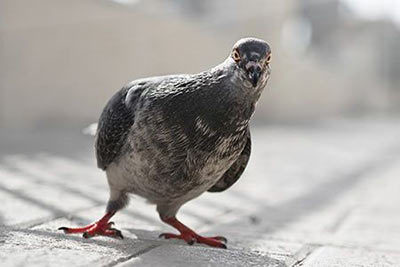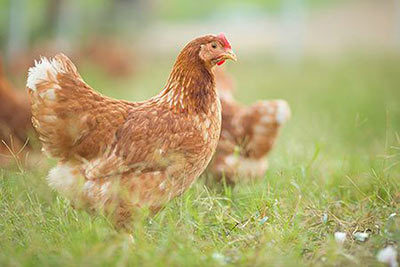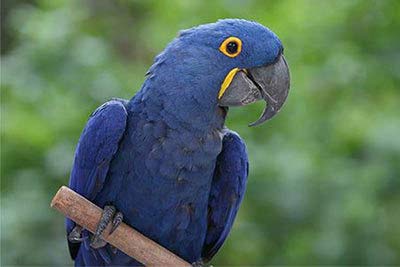Pelican
Pelican Facts
| Size | 4.1-6.2 ft (1.25-1.9 m) |
| Speed | Up to 40 mph (65 km/h) |
| Weight | 8-26 lb (3.6-12 kg) |
| Lifespan | 16-23 years |
| Food | Fish, shrimps, turtles |
| Predators | Cats, coyotes |
| Habitat | Tropical and subtropical oceans |
| Order | Pelecaniformes |
| Family | Pelicans |
| Scientific name | Pelecanus |
| Characteristics | Long bill with a throat pouch |
Main Characteristics
Pelicans are large water birds with extraordinarily long, big bills and a very flexible throat pouch. Together with the kori bustard they are the world’s heaviest birds that are able to fly.
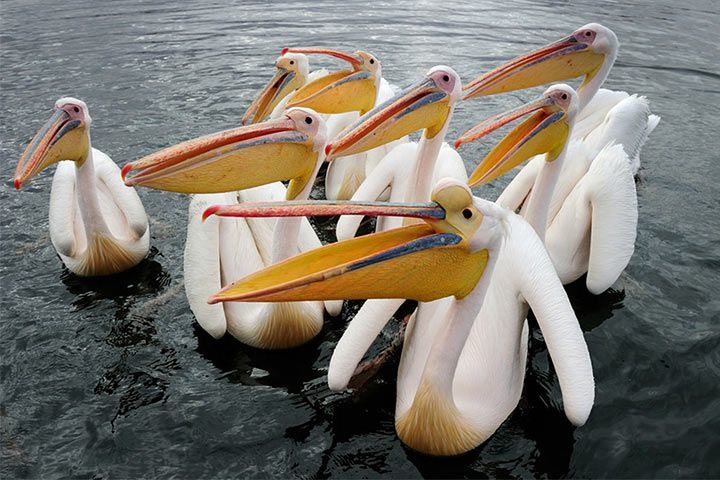
Anatomy and Appearance
The Longest Bill
The Australian pelican has the longest bill in the world. It is 19.2 inches (49 cm) long.
Why Has the Pelican a Large Bill?
The bill of a pelican can hold three gallons (11 liters) of water. To put it more precisely: in the skin pouch located at the throat and connected to the lower bill. The stomach of a pelican is just half as big by the way.
Is the pelican so thirsty that it has to swallow so much water at one go? That can't be true. The skin pouch doesn't work like a water pistol either – even if this would be fun. The right answer is: The pelican uses its bill like a landing net or a dipper to catch some fish. It just opens its bill a little bit and "floods" the pouch with water. Then it slightly opens the bill again to let the water flow off. The delicious fish stay in the pouch and then can be swallowed.
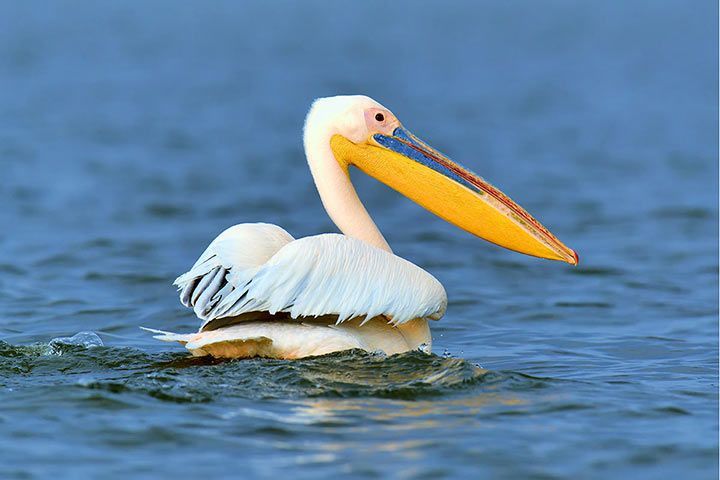
Behavior
What Do Pelicans Eat?
A pelican eats about 2.6 lb (1.2 kg) fish per day, which equals about 10% of its body weight.
How Do Pelicans Hunt?
Pelicans go hunting together. The birds position themselves to form the shape of a horseshoe and chase the fish into the shallow waters by hitting the water surface with their wings.
Senses and Abilities
Pelicans Fly Long Distances
The pelican is able to fly for 24 hours without any stopover at a speed of up to 35 mph (56 km/h). It covers distances of up to 310 miles (500 km) at a flight altitude of 9,840 feet (3,000 meters).
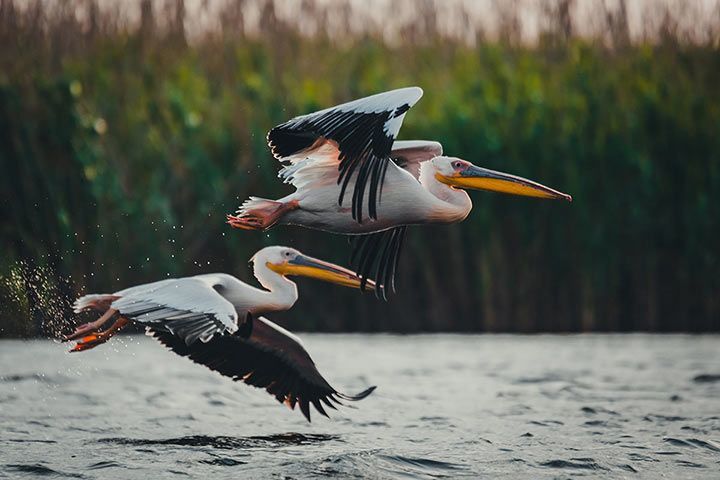
Species
The Largest Pelican
With its size of six feet (1.83 meters), a wingspan of 11.3 feet (3.45 meters), and a weight of 26 pounds (12 kg), the Dalmatian pelican is the largest pelican species. Only the Andean condor and the wandering albatross sometimes surpass its wingspan.
The numbers in the following table are the maximum numbers for size, wingspan and height for each species.
| Pelican | Size | Wingspan | Weight |
|---|---|---|---|
| Brown Pelican |
4.5 ft (1.40 m) |
8.2 ft (2.5 m) |
10 lb (4.5 kg) |
| Peruvian Pelican |
4.9 ft (1.52 m) |
8.1 ft (2.48 m) |
15.4 lb (7 kg) |
| Spot-Billed Pelican |
4.9 ft (1.52 m) |
8.2 ft (2.5 m) |
11 lb (5 kg) |
| Pink-Backed Pelican |
4.3 ft (1.32 m) |
7.8 ft (2.4 m) |
15.4 lb (7 kg) |
| American White Pelican |
5.9 ft (1.8 m) |
9.8 ft (3 m) |
19.8 lb (9 kg) |
| Great White Pelican |
5.7 ft (1.75 m) |
9.1 ft (2.8 m) |
24.2 lb (10-11 kg) |
| Dalmatian Pelican |
6 ft (1.83 m) |
11.3 ft (3.45 m) |
26.4 lb (10-12 kg) |
| Australian Pelican |
6.2 ft (1.9 m) |
8.5 ft (2.6 m) |
18 lb (8.2 kg) |
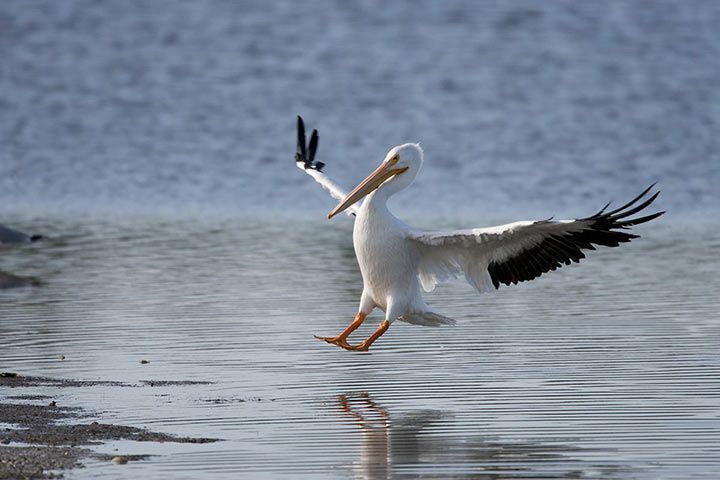
Fun Facts
Seagulls Love Pelicans
Often you see seagulls sitting on the heads of pelicans. They are waiting for their chance to get a share of the prey with little effort. As soon as the pelican slightly opens its bill to let the water flow off, the seagull tries to steal one or two fish directly out of the bill.
- Watch Now on animalfunfacts.net:
 All About Birds
All About Birds
















